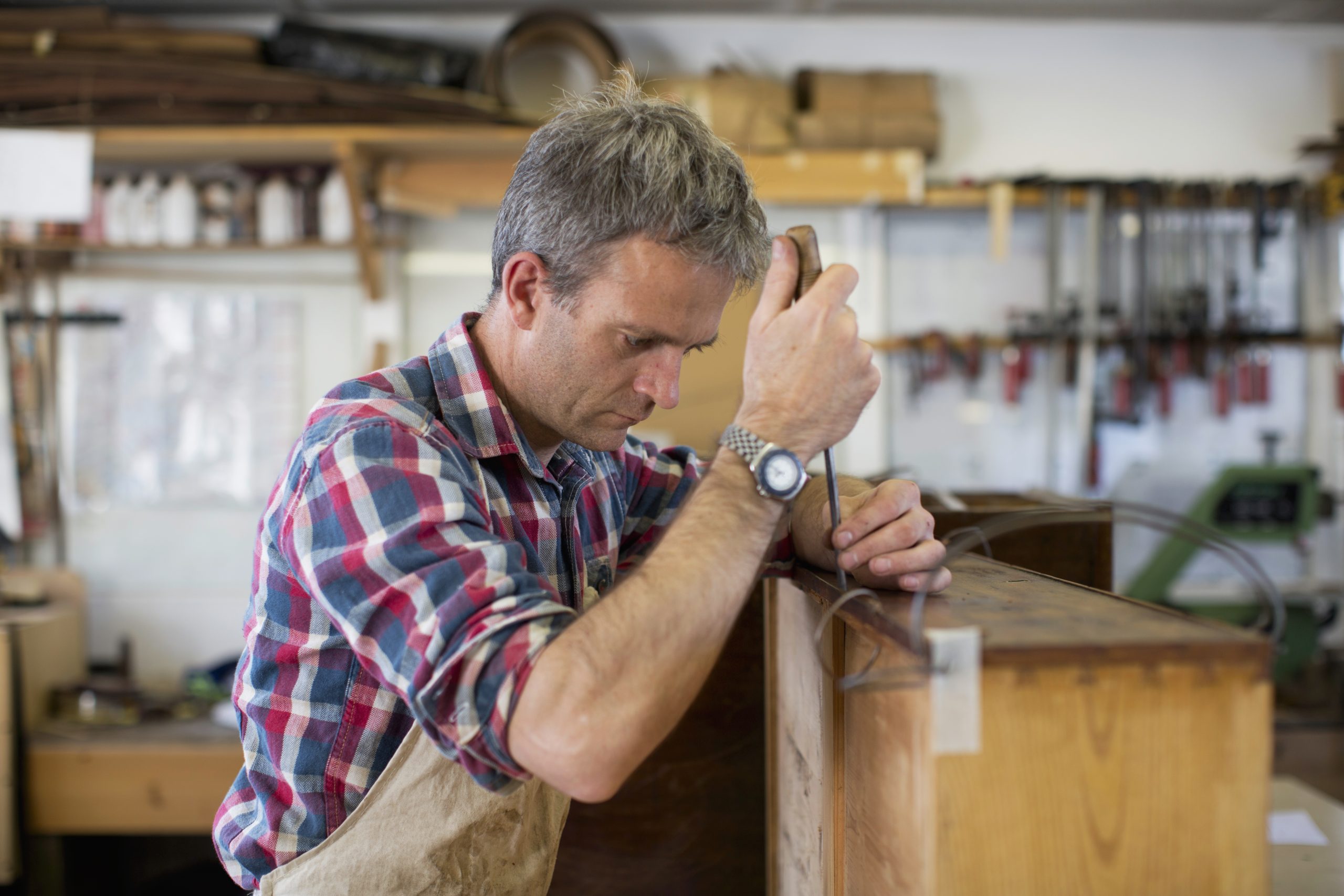Amish solid wood furniture is synonymous with longevity and durability, crafted to serve not just one generation but multiple ones. This commitment to quality and longevity is deeply rooted in the Amish culture, which values sustainability and careful craftsmanship. When you invest in Amish furniture, you are not just purchasing a piece of furniture; you are investing in a legacy. Here’s what you can expect regarding the longevity of Amish solid wood furniture and why it stands out in a world where manufactured furniture is becoming the new norm.
- Build to Last: Craftsmanship and Quality Materials
Amish furniture is handcrafted using time-honored techniques passed down through generations. Unlike mass-produced furniture, which often relies on automated processes and cheaper materials, Amish pieces are meticulously constructed with individual care and attention.
The wood chosen for Amish furniture includes high-quality hardwoods such as oak, cherry, maple, and hickory, known for their durability and resistance to wear. These woods are not only strong but also have natural beauty that enhances with age.
Each piece is assembled using traditional joinery techniques like dovetail joints, mortise and tenon, and others, which are not only aesthetically pleasing but also provide greater stability and durability. These methods ensure that the furniture can withstand the rigors of daily use without loosening or degrading as quickly as more modern assembly techniques, like the use of nails or staples.
- Proper Care and Maintenance
The longevity of Amish furniture also depends on proper care and maintenance. Although Amish furniture is designed to be durable, how it is maintained can significantly impact its lifespan. Regular dusting, immediate cleaning of spills, and avoidance of harsh chemical cleaners preserve the wood’s integrity. Owners are advised to keep the furniture away from direct sunlight and to maintain a stable humidity level to prevent warping and cracking.
Amish wood furniture often comes with a recommended finish, which plays a crucial role in its maintenance and longevity. Periodic reapplication of this finish, according to the manufacturer’s guidelines, helps maintain the wood’s resilience against environmental factors and everyday wear and tear.
- Environmental Sustainability
The sustainability practices in the crafting of Amish furniture also contribute to its longevity. The woods are typically sourced from sustainable forests, and the minimal use of heavy machinery reduces the carbon footprint associated with their production. Additionally, the efficient use of resources, including the recycling of wood offcuts into smaller items or for fuel, ensures minimal waste during the manufacturing process.
- Adaptability Through Time
The timeless designs of Amish furniture are another reason they last so long. Amish furniture is not bound to trends; its classic aesthetic ensures it remains stylish across decades. This adaptability means that even as home styles evolve, Amish furniture continues to find a place in modern homes, often becoming a cherished heirloom passed down through generations.
- Economic Value Over Time
Investing in Amish furniture might come with a higher upfront cost compared to conventional furniture, but its durability means it does not need to be replaced frequently. This longevity offers significant savings over time, not to mention the intrinsic value of maintaining a piece of artisan-crafted furniture that holds potential antique value as it ages.
The longevity expectations for Amish solid wood furniture are high, with many pieces lasting several lifetimes. This durability is a testament to the quality of the materials used, the craftsmanship involved, and the care taken during and after production. In an era of disposable items, Amish furniture stands out as a beacon of sustainability, quality, and enduring beauty.

